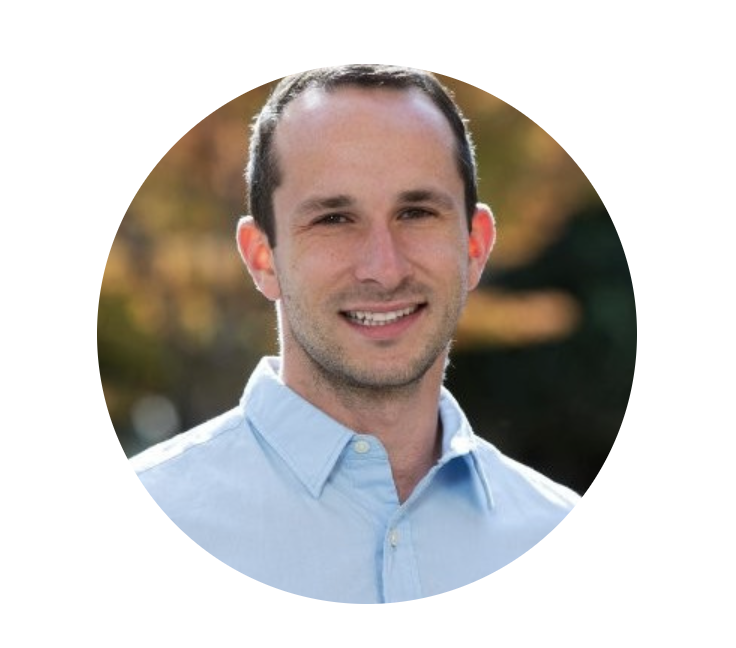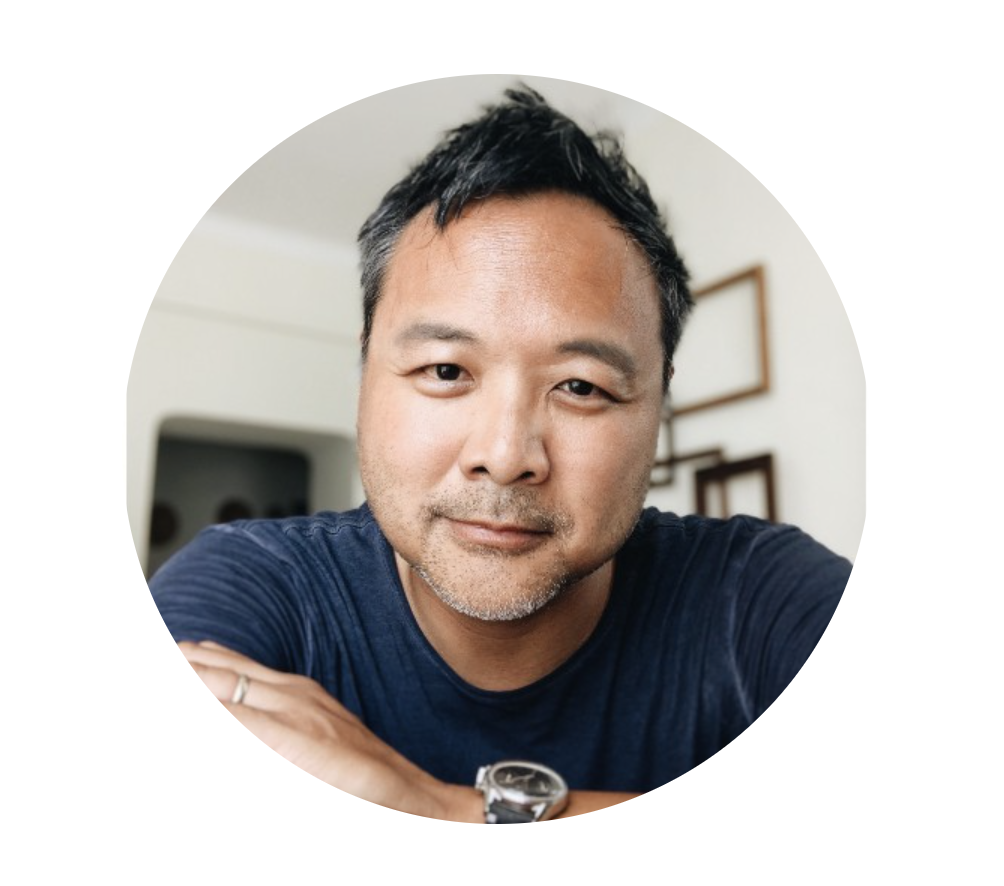Tubular sat down with a trifecta of industry leaders to discuss their unique perspectives to navigating the rapid expansion of social commerce, related measurements, and future innovations.
Toto Haba from Benefit Cosmetics represented the brand perspective, Gaz Alushi from Whalar brought insights on measurement and Peter Shields spoke about what Instagram is doing to connect creators, commerce, and measurement.
Keep reading to learn how:
- Creators bridge ‘the trust gap’ for companies to drive more conversions.
- Social commerce continues to integrate into video while measurement tools follow.
- Brands and media companies are diving into the metaverse — today.
The Rise of the Creator Economy
When we asked our three panelists about their earliest indications that social media would give rise to a creator economy, they shared experiences from decades past. Gaz Alushi shared his insight when a new regulation required content creators to put “#ad” on their sponsored content. “For me, that was a signal. This has scaled enough to a point where regulation (which tends to move slowly) is now recognizing this is something that needs to be acknowledged and we need to start figuring out guardrails.”
Today, we see that creators have bridged a gap that pre-creator advertisers always struggled to fill — Trust. Creators have an immense amount of influence over their loyal, niche audiences. This is often much more effective than the big-spend advertising that intrudes on viewing experiences. Referencing a point earlier in his career, Peter Shields shared how he came to realize the true power of influence early on: “We would pay Justin Bieber $10,000 for a tweet, and then we’d pay Lilly Singh a hundred bucks. The conversion rate on the creators was so much more impactful because they’d train their audiences to click and to do things. I realized at that point, these creators had so much more power.”
We see how powerful creators can be, but how has that created an ‘economy’ of sorts? Gaz Alushi gave us a masterful definition that is too good not to share:

Creator Economy: “An evolution of the media landscape. I think we keep perceiving it as something that’s brand new, but if you look at media holistically, we had TV images broadcasting into the home, then with digital, you could selectively choose what you were consuming. Then, feed-based algorithms allowed people to see content that was really making them feel great. Now, you just push that envelope further to the Creator Economy. It introduces this lexicon of authenticity, accountability, relevancy, and trust. And that’s what the creator economy is. It’s having a real conversation with consumers in a way that’s really accessible to them and something that just hasn’t existed for quite some time”.
Takeaway: The Creator Economy offers marketers and brands accessibility and leverage like they’ve never had before. The panelists agreed it’s not about choosing one or two creators to get the job done. It’s about measuring business KPI’s and finding a unique portfolio of influencers who can fulfill the richer media plan.
Social Commerce in the Coming Year
In-App Integrations
By the end of 2021, every major app had begun to run demos for in-app shopping capabilities. While the majority of online shopping still occurs by creators directing commerce to either individual sites or Amazon, social platforms are working hard to continue to push this forward. These important integrations will drive higher conversion rates by offering users more convenience, allowing closer tracking on partnership success rates.
Toto Haba told us that over 50% of Benefit Cosmetic sales in China are coming from social shopping, a lot of which happens over live streaming. He shared “If you get a creator like Austin Lee to promote your product on those big selling days, you’re minting money. He is literally selling $200 million of merchandise on a single day” from these types of livestream shopping integrations. This brings us to an interesting piece about video content being a key competent of driving conversions.
Video Incentives
The ultimate goal this year is to incentivize creators to embrace video formats (with higher conversions) than static images. We know that videos provide more authentic viewing experiences which increases trust. We also know that formats like live streams foster a sense of urgency, while also allowing viewers to ask questions and communicate with their favorite creators.

“There’s an all-out shift toward formats of video as an industry. Thinking about Instagram content that’s shoppable right now, a large portion of it is static and that is not doing us any favors. Video is much more engaging for consumers, so we will continue to build ways to reward people for making videos.”
We saw this trend happen in late 2021 when YouTube created a $100M fund to incentivize creators to make #shorts. Historically, most influencers have been paid through brand sponsorships, but we’re likely to see more platforms opening up those avenues to guide creators. Shields also noted that Instagram will likely offer better measurements and tracking tools for video content to encourage growth in this area.
Takeaway: Sales Commerce is only just beginning. Platforms and brands alike, are driving video-shopping integrations more than ever. Static images are quickly fading into background noise while live-stream sales continue to emerge as a powerful selling tool.
Brands Enter the Metaverse — Today
The metaverse isn’t a future woe, it’s here right now and innovative brands are diving in.
Meta’s huge roll-out video had many people talking about the future of 3-D digital worlds and avatars, but many thought of it as a long-term vision. However, our panelists had a different take on the matter.
In fact, the metaverse has actually been here for a long time, and it’s not hard for brands to lean into it. Toto Haba shared how Benefit Cosmetics has already taken the (virtual) reigns:
“For many people, metaverse is a new term, but for gamers, it’s existed forever. If you play any video games — you’re in the metaverse, because you’re doing it with someone else with a 3D avatar in another space. So it’s really an extension of our gaming strategy. We’ve been trying to connect beauty and gaming together because we know there’s a ton of women that are into gaming that aren’t being spoken to. Benefit has hosted gaming tournaments and we’ve been partnering with game developers to create branded experiences. When you think about the metaverse, don’t immediately jump to the fancy Ready Player One vision of it. The metaverse is already happening right now. It’s through gaming, and if you want to participate, that’s your route.”

The fact that a beauty brand is on the leading edge of embracing the metaverse is iconic. Companies that lean in first will be rewarded with expanding younger audiences and early insight. But how will the metaverse change the Creator Economy as we see it today?
The metaverse and 3D interactive environment will further evolve the Creator Economy and the way audiences function. Today, we see that it’s creator-to-audience, but when audiences can share an experience with each other, marketing will happen many-to-many. Peter Shields shared his thoughts on how community dynamics will shift: “My hope is that we see more community-based interactivity where people are sharing experiences with each other, as opposed to the one-to-many broadcasting. While I think that will exist and persist in the metaverse, the change will be this shared sense of togetherness that enables new types of creators who are building worlds and experiences that we don’t currently accommodate in the 2D creator economy we have today.”
Takeaway: Start now. While many still think the Metaverse far off, it exists now and it will grow at astronomical rates. Not only does it allow new ways for users to interact with your brand, but it also allows them to interact with each other. These factors created a deeper sense of loyalty and community. We’ve already seen brands acting as creators, but eventually, they will also be foundations of highly interactive and connected communities.
If you want to provide inspiration to your team, access the full panel recording here.